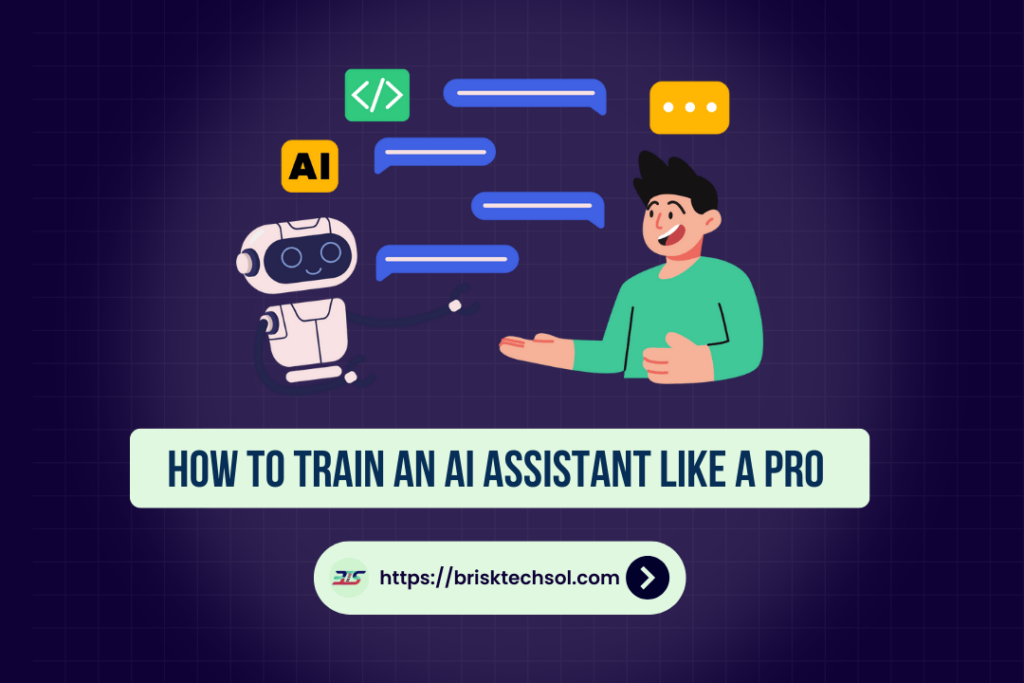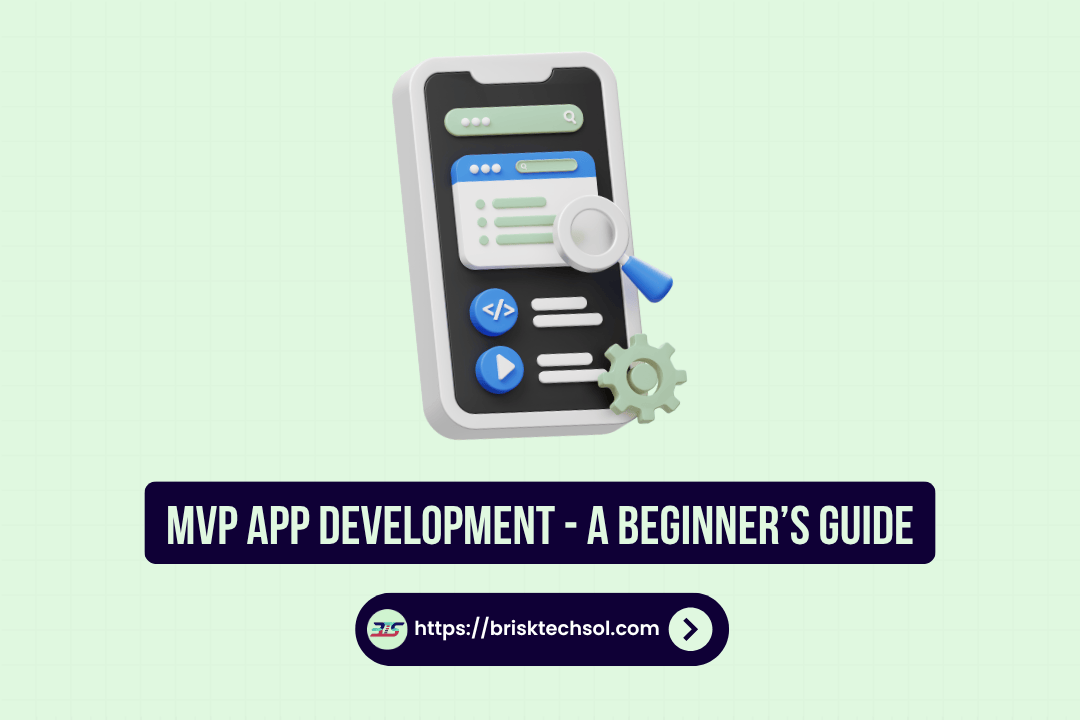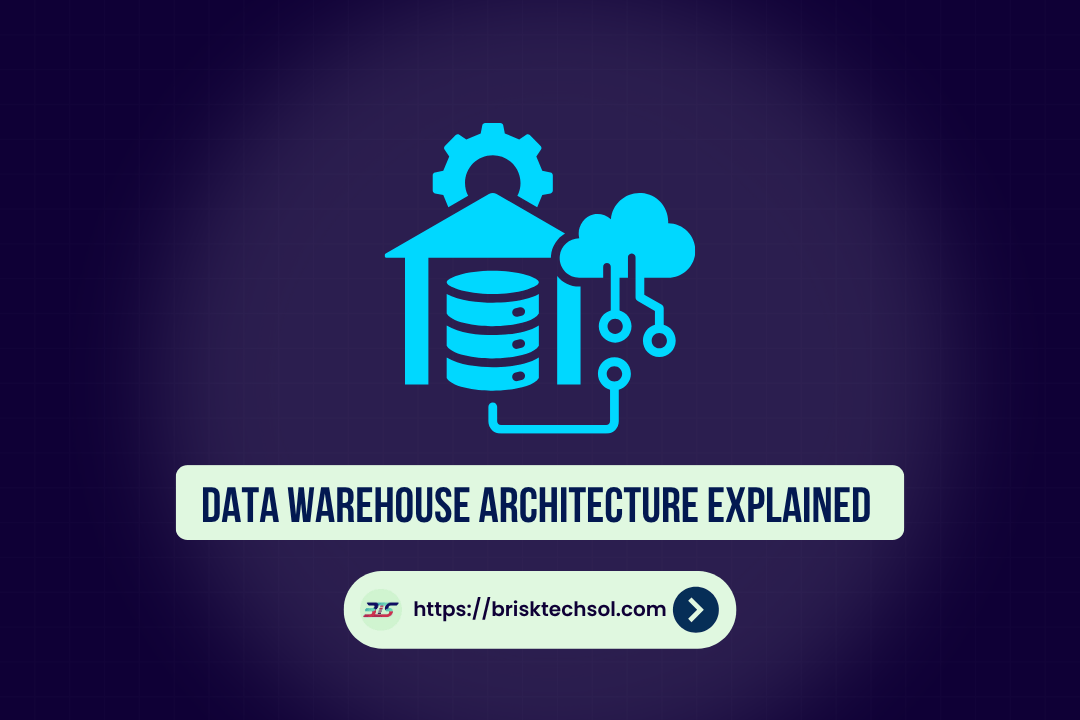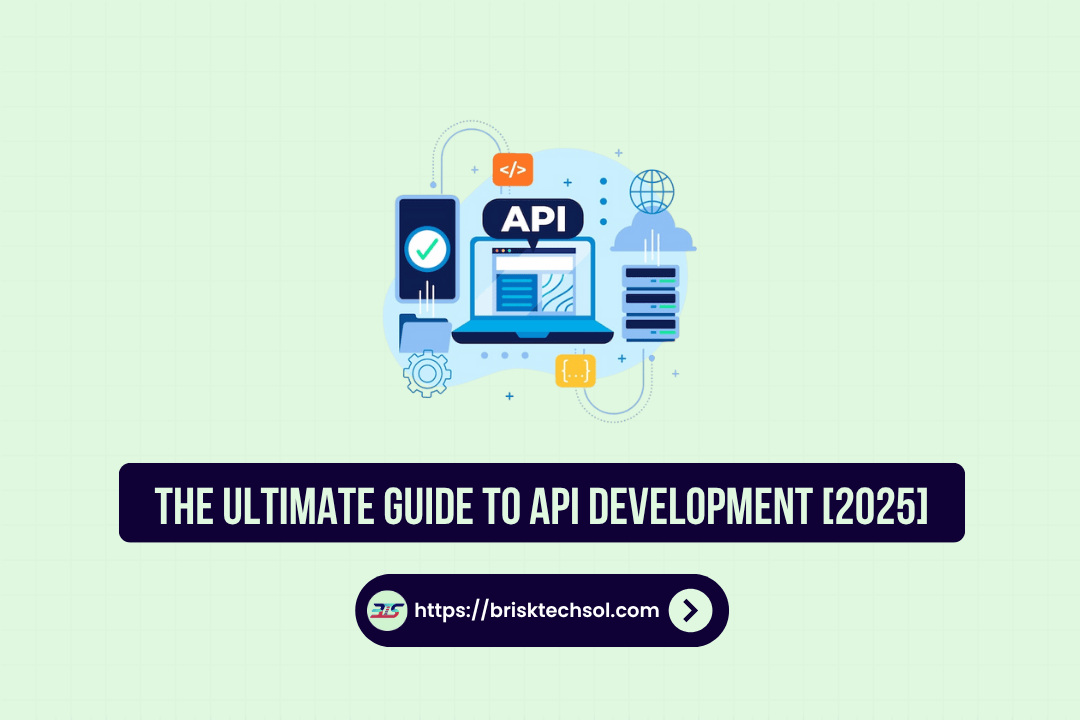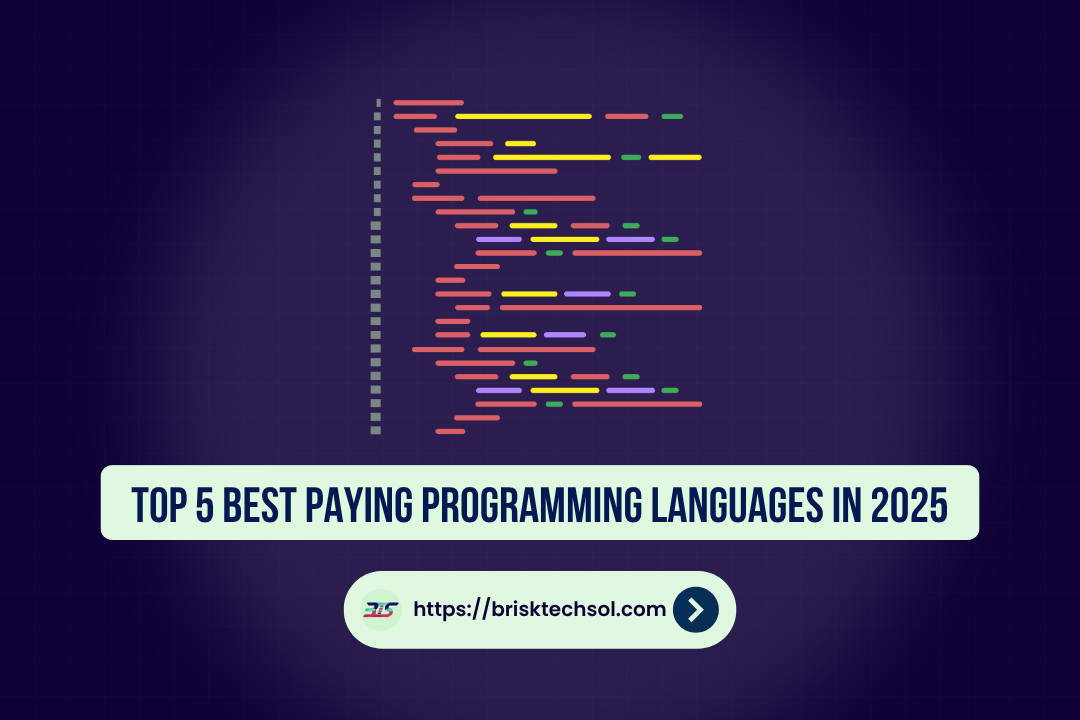Imagine interacting with an AI assistant that understands your needs, responds naturally, and learns over time to serve you better. Training an AI assistant isn’t just about feeding it data. it’s about carefully curating information, choosing the right algorithms, and continuously fine‑tuning the model to meet real‑world challenges. In this guide, we’ll walk you through every critical step of the process, ensuring that your AI assistant evolves into a reliable, effective digital helper.
AI Assistants and Their Training
AI assistants are digital agents designed to perform tasks, answer questions, and provide support through natural language processing. Their training involves using data to build models that can understand and generate human‑like responses. The goal is to make these assistants as intuitive and useful as possible. Whether you’re looking to create a chatbot, a virtual customer service agent, or a personal assistant, understanding the fundamentals of AI training is crucial.
What Does Training Involve?
Training an AI assistant involves:
- Data Collection: Gathering vast amounts of text, voice, or other input data.
- Model Selection: Choosing the right algorithm that best fits the task.
- Learning Process: Applying machine learning techniques to help the model understand patterns and context.
- Evaluation and Fine‑Tuning: Testing the model and refining it based on performance metrics.
By combining these elements, you build a system that not only responds accurately but also learns from interactions over time.
Pre‑Training Considerations: Data Collection and Preparation
Before diving into training, proper planning and data preparation are essential. High‑quality, diverse data is the backbone of any successful AI model.
Data Collection
Start by gathering data that is relevant to the tasks your AI assistant will perform. This could include customer support transcripts, FAQs, product information, and more. Consider the following:
- Diversity: Ensure your dataset covers various scenarios and language nuances.
- Relevance: Focus on data that aligns with your business needs or the assistant’s intended use.
- Volume: More data generally leads to better model performance, but quality should never be sacrificed for quantity.
Data Preparation and Cleaning
Clean, well‑structured data makes a significant difference in training efficiency and model accuracy. Follow these best practices:
- Remove Noise: Filter out irrelevant or redundant information.
- Standardize Formats: Ensure consistency in language, punctuation, and formatting.
- Annotate Data: Label data where necessary, especially for supervised learning tasks.
- Split Data: Divide your dataset into training, validation, and testing sets to monitor performance accurately.
Selecting the Right Model and Training Techniques
Choosing the right model architecture is crucial for training an effective AI assistant. Depending on your requirements, you might opt for pre‑trained models or develop a custom model from scratch.
Model Selection
Popular choices include:
- Pre‑Trained Language Models: Models like GPT, BERT, and T5 can be fine‑tuned for specific tasks.
- Custom Models: Building a model from scratch using frameworks such as TensorFlow or PyTorch allows for more tailored solutions.
- Hybrid Approaches: Combining pre‑trained models with custom layers to better address specific business needs.
Training Techniques
Training techniques vary based on your model and data:
- Supervised Learning: Uses labeled data to guide the learning process.
- Unsupervised Learning: Finds patterns and structures in unlabeled data.
- Reinforcement Learning: Involves training models through trial and error, often used for conversational AI to improve responses over time.
Table: Model Types and Their Best Use Cases
| Model Type | Best Use Case | Example |
|---|---|---|
| Pre‑Trained Language Model | Quick deployment with fine‑tuning | GPT, BERT |
| Custom Model | Tailored solutions with specific needs | Custom CNN/RNN models |
| Hybrid Model | Combining strengths of both approaches | Fine‑tuned GPT with custom layers |
Choosing the right model and technique depends on factors such as available data, required performance, and computational resources.
Training Methodologies: Supervised, Unsupervised, and Reinforcement Learning
Understanding the training methodology is key to shaping the behavior of your AI assistant. Here’s a closer look at the three main approaches:
Supervised Learning
Supervised learning involves training your model on labeled datasets where the correct output is known. This method is widely used for tasks like intent recognition and response generation.
- Pros: High accuracy when quality labeled data is available.
- Cons: Requires extensive labeling, which can be time‑consuming and costly.
Unsupervised Learning
In unsupervised learning, the model identifies patterns and relationships in data without explicit labels. It’s useful for clustering similar queries or discovering new trends in language usage.
- Pros: Can uncover hidden patterns in large datasets.
- Cons: Less predictable outcomes compared to supervised learning.
Reinforcement Learning
Reinforcement learning trains the model through a system of rewards and penalties. This is particularly effective in conversational AI, where the model learns from interactions and adjusts its responses accordingly.
- Pros: Encourages dynamic learning and adaptability.
- Cons: Requires careful design of reward systems and extensive computational resources.
Each methodology has its strengths, and often, a combination is used to create a well‑rounded AI assistant.
Fine‑Tuning and Customization: Domain Adaptation and Personalization
Once you’ve trained your base model, fine‑tuning is essential to tailor the AI assistant to your specific domain or business needs.
Domain Adaptation
Fine‑tuning involves re‑training a pre‑trained model on a smaller, domain‑specific dataset. This process helps the model understand industry jargon, specific workflows, and user expectations.
- Example: A customer service assistant for an e‑commerce site may need additional training on product details, return policies, and order tracking.
Personalization
Personalization goes beyond domain adaptation—it tailors the assistant to reflect your brand’s personality and unique customer interactions.
- Strategies:
- Custom Responses: Develop specific responses that align with your brand’s tone.
- User Feedback Integration: Continuously refine the model using real user interactions.
- Scenario‑Based Training: Create training scenarios that mimic common customer interactions.
Key Aspects of Fine‑Tuning
- Use domain‑specific data for re‑training.
- Adjust model outputs to reflect brand personality.
- Incorporate user feedback for continuous improvement.
- Develop targeted scenarios to cover common interactions.
By fine‑tuning your AI assistant, you ensure it not only performs well on generic tasks but also excels in your specific business environment.
Evaluation, Testing, and Iteration
Evaluating and testing your AI assistant is crucial to ensure its accuracy, relevance, and overall performance.
Evaluation Metrics
Key metrics to consider include:
- Accuracy: How often does the AI provide correct responses?
- Precision and Recall: These metrics help measure the quality of the responses in classification tasks.
- User Satisfaction: Gather feedback through surveys and usage analytics.
- Response Time: Ensure that the AI assistant responds quickly to user queries.
Testing Strategies
Implement rigorous testing protocols to validate the performance of your AI assistant:
- Unit Testing: Test individual components of your model.
- Integration Testing: Ensure that the AI integrates seamlessly with other systems.
- User Testing: Conduct beta tests with real users to gain insights into practical performance.
- A/B Testing: Compare different versions of your assistant to determine which performs better.
Bullet Points: Testing Best Practices
- Monitor key performance metrics.
- Conduct comprehensive unit and integration tests.
- Gather real‑user feedback for iterative improvements.
- Use A/B testing to refine responses and behavior.
Continuous Iteration
Training an AI assistant is not a one‑time process. Continuous iteration based on user feedback and performance data is essential to keep the model relevant and effective over time. Schedule regular updates and refinements to improve accuracy and user satisfaction.
Tools and Platforms for Training AI Assistants
Choosing the right tools and platforms can streamline the training process and boost efficiency. Here are some popular choices:
Development Frameworks and Libraries
- TensorFlow: A robust framework for machine learning with extensive community support.
- PyTorch: Known for its flexibility and dynamic computation graphs, ideal for research and rapid prototyping.
- Keras: A user‑friendly API that runs on top of TensorFlow, simplifying model building.
Data Annotation and Management Tools
- Labelbox: A platform for data labeling that supports various types of media.
- Prodigy: An annotation tool that integrates with machine learning pipelines.
- DVC (Data Version Control): Helps manage and version control your datasets.
Deployment and Monitoring Platforms
- AWS SageMaker: A cloud‑based platform for building, training, and deploying machine learning models.
- Google Cloud AI Platform: Offers tools for scalable machine learning development and deployment.
- Azure Machine Learning: Provides an end‑to‑end platform for training and deploying AI models.
Key Tools
- Use TensorFlow or PyTorch for model development.
- Employ Labelbox or Prodigy for data annotation.
- Leverage cloud platforms like AWS SageMaker for deployment and monitoring.
Selecting the right tools can make a significant difference in the efficiency of your training process and the performance of your AI assistant.
Conclusion
Training an AI assistant isn’t just about feeding it data. it’s about refining, testing, and improving over time. With the right approach, feedback, and continuous learning, your AI can become smarter, more intuitive, and truly helpful. Stay updated, experiment, and fine-tune to build an assistant that genuinely enhances user experience.
FAQ’S
1. What does it mean to train an AI assistant?
Training an AI assistant involves feeding it data, selecting appropriate algorithms, and refining the model through techniques like supervised, unsupervised, or reinforcement learning so that it can understand and respond to user queries accurately.
2. What are the key steps in training an AI assistant?
Key steps include data collection and cleaning, selecting the right model, training using appropriate methodologies, fine‑tuning for domain-specific needs, and continuously evaluating and iterating based on user feedback.
3. Which training method is best for AI assistants?
There is no one‑size‑fits‑all answer—supervised learning is effective with high‑quality labeled data, unsupervised learning can discover hidden patterns, and reinforcement learning is ideal for dynamic, interactive systems. Often, a hybrid approach is used.
4. What tools are commonly used for training AI assistants?
Popular tools include TensorFlow, PyTorch, and Keras for model development; Labelbox or Prodigy for data annotation; and cloud platforms like AWS SageMaker, Google Cloud AI, or Azure ML for deployment and monitoring.
5. How can I ensure my AI assistant continues to improve over time?
Regularly update and retrain your model with new data, monitor performance using analytics tools, and gather user feedback to refine responses. Continuous iteration is key to keeping the assistant effective and relevant.


